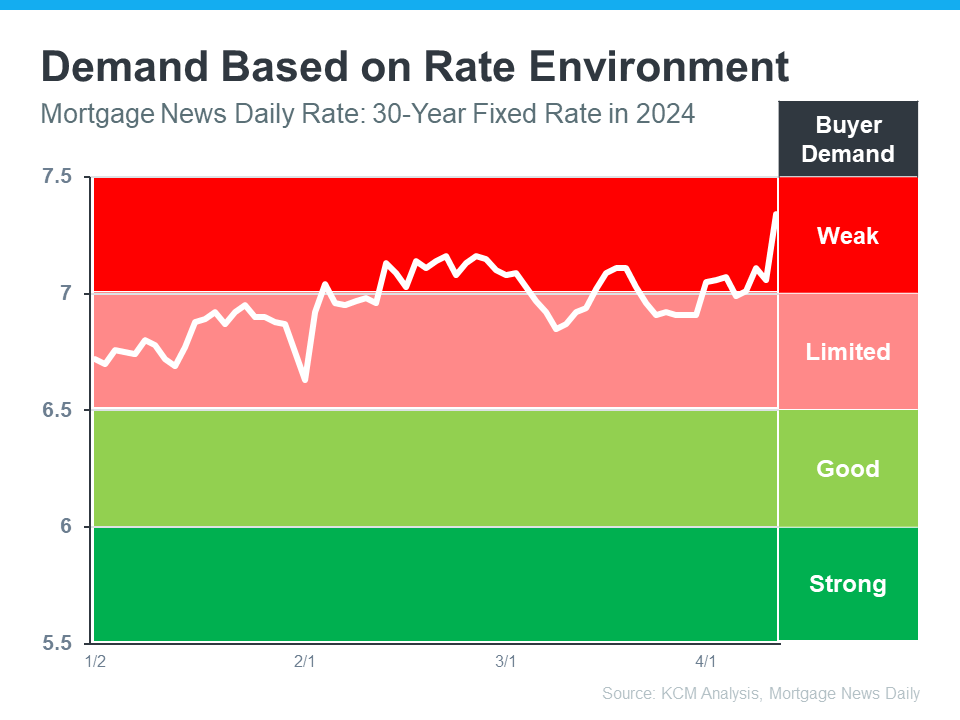Getting your first home mortgage can be intimidating. Let’s eliminate fear of the unknown by answering some common questions.
Q: Can I get a mortgage even though I have bad credit?
Yes, though you’ll get better interest rates with a good credit rating. With conventional financing you can get a loan with a FICO credit score as low as 620. (You can get a government Federal Housing Administration (FHA) loan with a score of 580.) To hedge against the greater risk of default with borrowers whose credit scores are relatively low, mortgage companies charge them a higher interest rate.
Though it’s possible to get a mortgage with bad credit, remember that the difference in interest paid over the life of a loan with a higher interest rate is tens of thousands of dollars. If you know you have troubled credit, it’s important to work diligently to pay your debts on time and reduce overall debt before applying for a mortgage. This may mean you have to delay a home purchase, but you’ll save big in the long run.
Q: Can I put down less than 20 percent on a home?
Yes, but again, this can cost you in the long run.
You can put down as little as 3 percent on conventional loans and 3.5 percent on FHA. But if you put down less than 20 percent on these loans, mortgage companies consider you a credit risk and will require you to pay monthly for a mortgage insurance policy that protects them from the risk you’ll default. Lenders view borrowers who put down 20 percent or more as a lower default risk because they have a bigger stake in the house and their monthly payments will be more manageable. Paying for mortgage insurance, which is required until the borrower has a 20 percent stake in the home, uses money that could be going toward building equity.
You can pay nothing down on Veterans Administration (VA) and United States Department of Agricultural (USDA) loans.
Q: Should I choose a fixed-rate or an adjustable-rate mortgage?
The answer depends on your personal circumstances and the interest rate environment.
When interest rates are low, most people choose a fixed-rate loan to lock in a low rate for the life of the loan. The upside with fixed-rate loans is that you’re protected against a rate hike when interest rates rise. The risk is that if rates go down, you’ll be missing out on lower payments. Refinancing, however, is always an option in this situation.
With an adjustable-rate mortgage (ARM), your loan begins with an interest rate below prevailing rates, and at a predetermined time, ranging from a few months to five years, the interest rate rises. Usually these loans offer a cap on the highest rate allowed. ARMs are described by their adjustment period, such as a three-year ARM.
The risk with an ARM is that the rate adjustment will happen when interest rates are rising. An ARM might work for you if you know that you plan to sell the house before the adjustment happens. Otherwise, ARM borrowers run the risk of being unable to handle the higher payment in the future. If the adjustment occurs when interest rates are falling, an ARM could actually save you money by lowering the interest rate at which the loan began.
The lender must give you a very detailed description of your loan’s terms, so read carefully and consult a financial adviser if you aren’t sure what to do.
Q: How do I find a reputable lender?
Your mortgage search should begin before your house search.
There are three main types of mortgage lenders: banks, credit unions and independent mortgage brokers. Ask your real estate agent, friends and family, and research online. Read customer reviews and compare interest rates. Understand that the rates shown are estimates and can vary according to your financial profile.
Choose three lenders and make phone calls. Ask about underwriting, the ease of application and costs such as application fees, loan origination fees, appraisal fees, credit report and points. Ask whether the lender will waive any of these costs or roll them into the loan. Also ask about discount points. These are payments you can make up front to “buy down” your interest rate by an eighth- or quarter-point. By paying points, you are essentially prepaying interest to save more interest charges over the life of the loan.
Find your lender of choice and get preapproved for a mortgage before looking at homes. Pre approval tells sellers you are a serious buyer, not just a browser, and streamlines your final approval once you put a contract on a house.
Q: When should I lock in my interest rate?
Locking an interest rate with a lender means you and the lender commit to a rate for a certain period, typically 30 days. A rate cannot be locked until after initial loan approval, and the lock usually lasts during the underwriting and final approval process on up to closing.
A rate lock protects you against the risk interest rates will rise during this process. The risk of a rate lock is that rates could actually go down during the lock period, leaving you committed to a higher rate. A “float down” provision with your lender could protect you against this risk. There’s also a risk that your closing on the house could be delayed and the rate lock will expire. The lender assumes risks of its own in rate fluctuations.
When interest rates are rising, you can commit to a 30-day lock if you believe you can close on the home in that period of time. If you choose to lock for longer than 30 days, the mortgage company may charge you an extra eighth of a percentage point or more in interest to hedge its risk.
When interest rates are falling, you might wait for a lower rate until much nearer to closing, hoping to get the best rate possible.
Q: What if my loan application is denied?
Even before the application process you should know your credit score by pulling a free credit report. Apply for pre approval before you begin home shopping. The lender doing the pre approval should be candid with you about challenges you may face. It’s important to note that even with pre approval, final mortgage approval is not assured.
If you are denied, the lender must tell you why. You can apply with another lender, but remember that each new application shows on your credit report and can be a drag on your score.
Keep in mind that banks’ lending standards will likely be tighter than other lenders. A mortgage broker has more latitude because he works with many lenders and can shop among them to find the best rate, fee packages and other terms for you.
Ultimately the best way to recover is to work on improving your credit score. This means making timely payments and paying down your overall debt level.
Related – FAQs for First-Time Home Buyers







